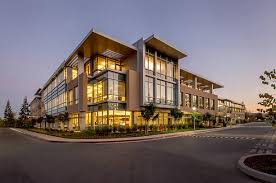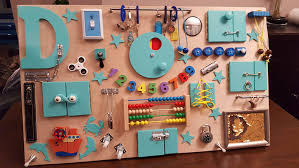In today’s competitive business world, first impressions are everything. One of the most powerful ways to make a strong and lasting first impression is through your attire. Business formal is a dress code that signifies professionalism, authority, and respect for the environment in which you work. This style of dressing is often required in industries such as finance, law, and corporate offices. Understanding the essentials of business formal attire can help individuals project the right image and navigate the business world with confidence.
What is Business Formal?
Business formal is the most conservative and polished form of business attire. It reflects a professional appearance through tailored clothing, minimalistic accessories, and neat grooming. Unlike more casual dress codes, business formal demands a level of formality that commands respect. While the exact specifics may vary by industry or company culture, business formal attire remains consistent in its purpose—to present oneself as competent, responsible, and professional.
Business formal attire typically includes suits, dress shirts, ties for men, and suits or formal dresses for women. It’s all about looking polished, clean, and appropriate for the workplace. By adhering to the business formal dress code, employees signal their commitment to their role, their company, and their clients.
Key Components of Business Formal for Men
-
Suits: The cornerstone of business formal attire for men is the suit. A well-tailored, dark-colored suit (black, navy, or charcoal) is essential. The suit should fit properly, not too tight or too loose, and should present a sharp, professional look.
-
Dress Shirts: A crisp, clean, and pressed dress shirt is another important component. Typically, white and light blue are preferred, as they pair well with darker suits and convey a sense of professionalism.
-
Ties: Ties are a non-negotiable part of business formal attire for men. The tie should complement the suit and shirt, usually in solid colors or simple, understated patterns. Bold or overly flashy designs should be avoided.
-
Dress Shoes: Leather dress shoes in black or dark brown are appropriate. Shoes should be polished and well-maintained. Oxford or derby shoes are common choices for business formal outfits.
-
Accessories: Accessories should be minimal and tasteful. A wristwatch, cufflinks, and a leather belt that matches the shoes are typically the only acceptable accessories. Avoid bright or attention-grabbing items.
-
Grooming: Neat grooming is essential for a business formal look. Men should keep their hair well-trimmed and facial hair neatly groomed. Clean nails and fresh breath are also key to maintaining a polished appearance.
Key Components of Business Formal for Women
-
Suits: Women’s business formal attire typically includes a well-fitted suit, either with a pencil skirt or tailored trousers. The suit should be in neutral colors like black, navy, or grey, and should fit comfortably but not too tight.
-
Blouses and Tops: Underneath a suit jacket, women should wear a conservative blouse or top. A classic white shirt or a subtle patterned blouse works well. Avoid low-cut tops or overly flashy designs.
-
Dresses: A professional dress that reaches at least the knee is also acceptable for business formal settings. Dresses should have a structured, elegant fit and be paired with a matching blazer or jacket for a complete look.
-
Shoes: Closed-toe shoes, typically in the form of pumps or flats, are suitable for business formal settings. The color should match the overall outfit, and heels should be moderate in height.
-
Accessories: Women should keep accessories understated. A simple necklace, small earrings, and a professional-looking handbag are sufficient. Overly large or distracting jewelry should be avoided.
-
Grooming: As with men, women should pay attention to grooming. Hair should be neatly styled, makeup should be subtle and natural, and nails should be manicured. Overall, the goal is to look polished and professional.
When to Wear Business Formal
Business formal attire is typically required in specific professional settings. These might include:
-
Corporate Meetings: High-stakes meetings with executives, clients, or investors often require business formal attire. The goal is to present oneself as capable, confident, and serious about business.
-
Job Interviews: When interviewing for a job, particularly in fields like finance, law, or management, business formal attire is essential to making a good first impression.
-
Professional Events: Conferences, seminars, and corporate events often require business formal dress, as they represent important networking opportunities and require a professional appearance.
-
Client Interactions: When meeting with clients, particularly in formal industries, dressing business formal helps establish credibility and demonstrates respect for the business relationship.
Business Formal vs. Business Casual
While business formal is reserved for the most professional environments, business casual is a more relaxed version of workplace attire. Business casual allows employees to dress comfortably while still maintaining a polished and professional look. For men, business casual may include dress shirts without a tie and chinos instead of suits. For women, business casual could involve skirts or trousers paired with more relaxed blouses or tops.
Despite the more relaxed nature of business casual, the key difference is that business formal still demands a level of seriousness, attention to detail, and professionalism that business casual does not.
Conclusion
Business formal attire is more than just clothing—it is a reflection of an individual’s professionalism, respect for their company, and seriousness about their role. Adhering to this dress code helps create an atmosphere of professionalism in the workplace and ensures that employees are taken seriously. Whether you’re heading into a corporate meeting, preparing for an interview, or attending a professional event, mastering business formal attire is key to ensuring you make a positive and lasting impression.




